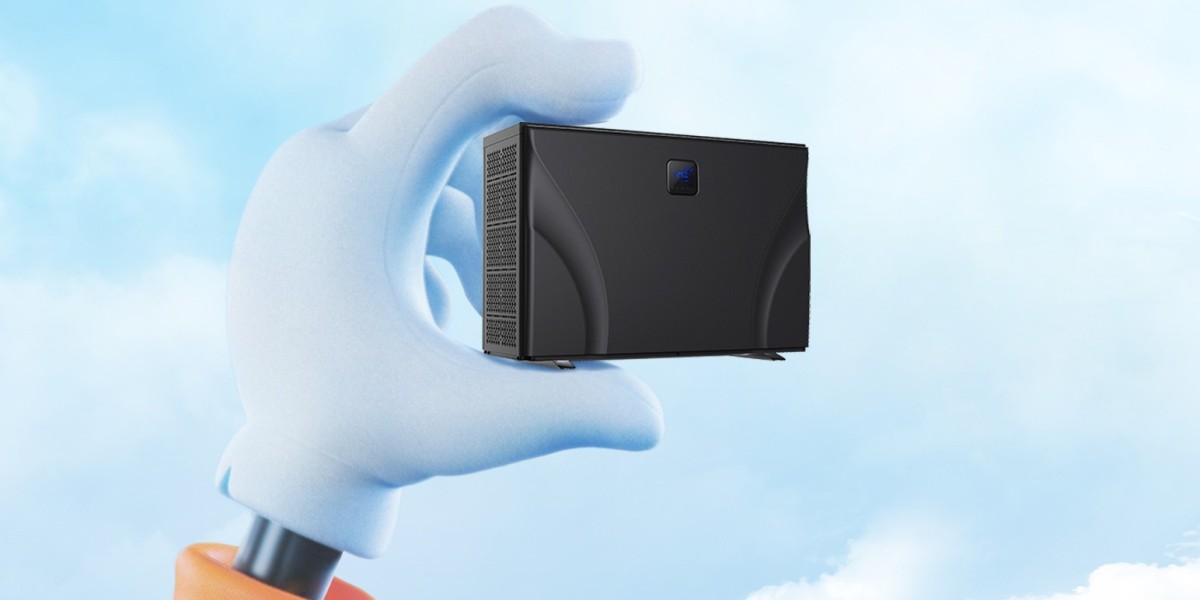Virtual Reality (VR) has rapidly evolved, offering immersive experiences that transport users to digital worlds. While visuals play a crucial role in creating these virtual environments, sound is equally essential in enhancing the immersive experience. VR sound systems technology has advanced significantly, creating spatial audio that reacts to user movement, amplifying the realism of VR worlds.
How VR Sound Systems Work
At its core, VR sound systems use binaural audio to simulate how humans perceive sound in real life. Unlike stereo sound, which comes from two distinct points, binaural audio creates a 360-degree sound experience. By processing sound through algorithms, VR systems ensure that sounds seem to come from all around the user — from above, behind, or beside, depending on their location within the virtual space.
This technology involves using specialized headsets with embedded speakers or connecting external audio devices designed for VR. Some systems even incorporate sensors that track head movements, allowing the audio to shift accordingly. As users turn their heads, the sound changes its direction, adding another layer of realism to the VR experience.
Features of Advanced VR Sound Systems
- 3D Spatial Audio: One of the defining features of modern VR sound systems is the ability to simulate sound in three-dimensional space. This technology allows sound to move dynamically within the environment. For instance, if a virtual object makes noise and moves around you, the sound moves too, aligning with your perspective.
- Head Tracking: By integrating head-tracking sensors, VR sound systems can adjust the direction and intensity of audio based on user movement. This means that turning your head to the left will reduce the volume of sounds coming from the right, closely mimicking real-world auditory perception.
- Noise Cancellation: To ensure an immersive experience, VR sound systems often include noise-canceling features that block out external noises. This helps maintain the illusion that you’re fully immersed in the virtual environment without distraction from your surroundings.
- Positional Audio in Multiplayer Games: In multiplayer VR games, sound can be a vital tool for communication and interaction. Positional audio enables players to hear others based on their proximity within the game. As you approach or distance yourself from other players, their voices will become louder or softer accordingly, enhancing collaboration and interaction.
WAVR-297: Leading the Future of VR Audio
One promising advancement in VR sound systems is WAVR-297 technology. WAVR-297 pushes the boundaries of traditional VR audio, offering unprecedented levels of precision and realism. This cutting-edge system uses advanced algorithms to generate dynamic 3D soundscapes, allowing users to experience VR environments with unmatched auditory clarity. WAVR-297 is set to revolutionize the way sound is integrated into virtual reality, making the immersive experience more engaging and lifelike than ever before.



